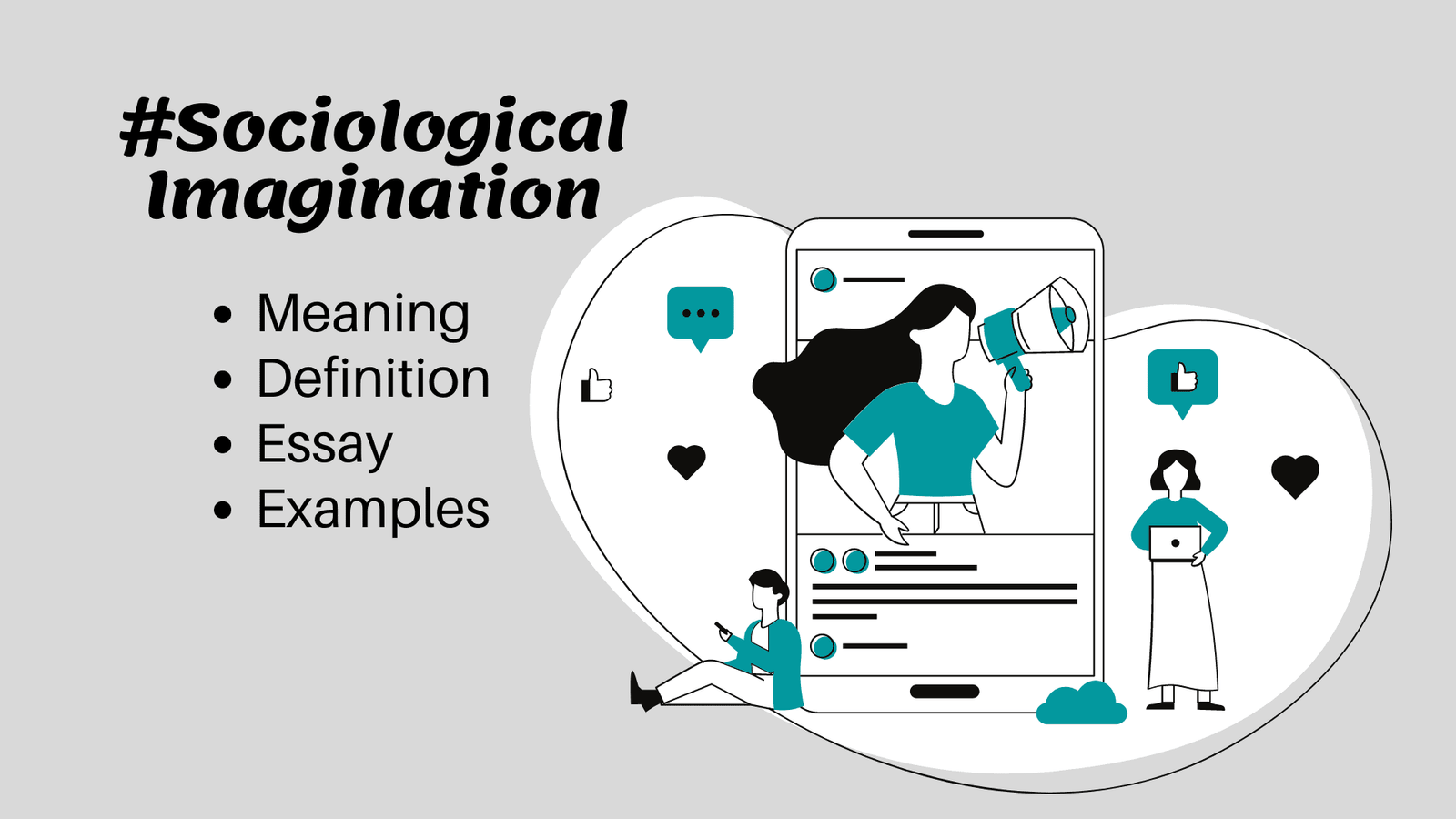Understanding Avalanche Photodiodes: Amplification Mechanism, Applications, and Technology Advantages and Limitations
What is an Avalanche Photodiode?
An avalanche photodiode (APD) is a type of photodetector that converts optical signals to electrical signals. It works on the principle of avalanche breakdown, in which an electron accelerated by an electric field gains enough energy to collide with other atoms and form electron-hole pairs that produce additional signal multiplication and make an APD much more sensitive than standard photodiodes.
An APD’s basic structure consists of a p-n junction or boundary between two types of semiconductor material. When light with sufficient energy is absorbed by one semiconductor material, it generates an electron-hole pair that is then accelerated across the junction by an electric field and moves in opposite directions, colliding with other atoms and creating further electron-hole pairs to generate current more quickly than traditional photodiodes can. This process creates a cascade effect, producing a far larger current than any traditional photodiode could manage.

One of the main advantages of APDs is their high sensitivity, making them suitable for low-light-level applications like astronomy, remote sensing, medical imaging, and medical imaging. They also boast faster response times than other photodetectors which makes them suitable for high-speed communication systems like fiber optic networks.
However, APDs also come with their share of limitations. One major drawback of APDs is their high noise level which reduces the signal-to-noise ratio and limits performance overall. Furthermore, these devices require high operating voltage which complicates their use in some applications.
Even with these challenges, APDs remain a crucial technology in optical communications and sensing. Current research efforts focus on improving their performance while decreasing limitations; which could potentially open up even wider applications down the road.
Understanding the Mechanism of Avalanche Photodiode Amplification
An APD amplifies light by absorbing photons that enter through its semiconductor material and turning them into electron-hole pairs that are then accelerated by an electric field at its p-n junction. As these electrons travel towards this junction, their kinetic energy can transfer to other electrons through collisions with atoms. This process of electron multiplication known as impact ionization leads to additional electron-hole pairs existing generated.

Multiplication begins as electrons and holes move toward electrodes, producing an avalanche of electrons that amplifies the original signal. This avalanche effect control by electric field strength. Which governs impact ionization rates; increasing it further amplifies this process further. Increasing its effect results in even greater gains.
An APD’s amplification factor is determined by comparing the ratio between electron-hole pairs generated through impact ionization and those created via photon absorption, also known as absorption. Which serves as its multiplication factor and determines its overall sensitivity.
One of the primary advantages of APD amplification lies in its ability to overcome traditional photodetectors’ noise restrictions. By amplifying signals as they travel through an APD, noise levels decrease and the signal-to-noise ratio improves, making APDs ideal for low-light applications like astronomy and medical imaging.
However, APD amplification also has some drawbacks. One such challenge is the high operating voltage required to initiate an avalanche process – this voltage limits APDs’ efficiency and practicality in certain applications; additionally, its noise production can compromise the overall sensitivity of an APD system.
Even with these challenges, APD amplification remains an invaluable technology in optical communications and sensing. Ongoing research aims to increase efficiency while decreasing limitations for APD technology to pave the way for even wider use in the future.
Applications of Avalanche Photodiode in Optical Communication Systems
Avalanche photodiodes (APDs) are highly sensitive photodetectors that have found wide applications in optical communication systems. In this article, we will explore some of the key applications of APDs in optical communication systems.
Long-distance fiber optic communication:
APDs commonly use in long-distance fiber optic communication systems to detect weak optical signals. Because of their high sensitivity, APDs can detect signals over long distances without the need for costly repeaters or signal amplifiers. This makes them ideal for high-speed communication systems such as optical networks, which require high bandwidth and low noise.
Optical sensing:
APDs also use in a variety of optical sensing applications such as LIDAR, which stands for Light Detection and Ranging. LIDAR is a remote sensing technology that uses laser light to measure distances between objects. APDs can use in LIDAR systems to detect the reflected laser light, which can use to create 3D maps of objects and environments.
Medical imaging:
APDs also use in medical imaging applications such as positron emission tomography (PET) and single-photon emission computed tomography (SPECT). These techniques use radioactive tracers to create images of internal organs and tissues. APDs can use to detect the gamma rays emitted by these tracers. Which can use to create high-resolution images of the body.
Security and surveillance:
APDs also use in security and surveillance systems such as infrared cameras. Infrared cameras use APDs to detect the infrared radiation emitted by objects. Which can use to create images of objects and people in low-light conditions.
Quantum communication:
APDs are also used in quantum communication systems. Which rely on the principles of quantum mechanics to transmit information securely. APDs can be used to detect single photons. Which can be used to encode and transmit information in a way that is immune to eavesdropping and hacking.
Advantages and Limitations of Avalanche Photodiode Technology
Avalanche photodiodes (APDs) are highly sensitive photodetectors that have found wide applications in various fields, including optical communication systems, medical imaging, and sensing. In this article, we will explore the advantages and limitations of APD technology.
Advantages of APD Technology:
- High sensitivity: APDs are highly sensitive photodetectors that can detect weak optical signals with high accuracy. This makes them ideal for low-light-level applications such as astronomy and medical imaging.
- Low noise: Because APDs amplify the signal as it passes through the detector, the overall noise level is reduced, resulting in a higher signal-to-noise ratio. This makes APDs ideal for applications that require high signal quality and low noise, such as optical communication systems.
- Fast response time: APDs have a fast response time, which makes them ideal for applications that require high-speed signal detection and processing.
- Wide spectral range: APDs can detect light over a wide spectral range, making them versatile and suitable for a variety of applications.
- Low power consumption: Compared to other types of photodetectors, APDs have relatively low power consumption, making them ideal for portable and battery-powered applications.
Limitations of APD Technology:
- High operating voltage: APDs require a high operating voltage to initiate the avalanche process. Which can limit their efficiency and practicality in certain applications.
- Excess noise: The avalanche process itself can produce excess noise, which can limit the overall sensitivity of the APD.
- High cost: APDs are more expensive than other photodiode types, which can limit their adoption in some applications.
- Temperature sensitivity: APDs are sensitive to temperature changes, which can affect their performance and accuracy.
- Limited dynamic range: APDs have a limited dynamic range compared to other types of photodetectors. Which can limit their use in applications that require a high dynamic range.














